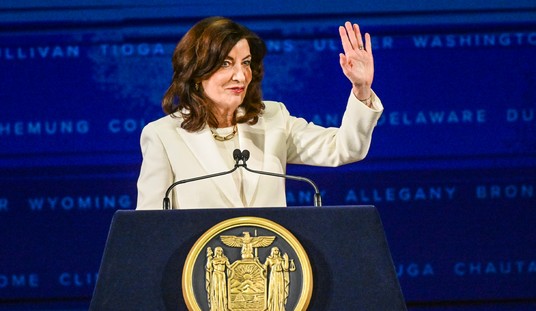We’ve been inundated, and understandably so, with advice and admonitions as our nation and world struggle to understand, and simultaneously combat, the COVID-19 coronavirus. It is a challenge just to keep up with the news, and the real-time analysis of it, as we roll with the gut punches of our temporary new normal. Trying to wisely determine what we should do, or what we shouldn’t do, is a herculean task.
Is it as bad as Media Outlet A says it is? Does media Outlet B have valid reason for its hope that the U.S. won’t face a crisis on par with Italy’s? Are the experts quoted in Media Outlets C, D and E the ones whose advice we should heed? Or the ones quoted in Media Outlets F, G and H?
Most importantly. with my freedom to move about shrinking day by day as governments shut down more public gathering places and restrict gatherings themselves, should I do more than shut myself in -- and just wall myself up? Should I turn my home into a viral bomb shelter / safe room and completely hide away from the increasingly scary world outside?
Definitive answers to the first set of questions are hard to come by and seem likely to stay that way for a while. But a certain response to the second set, right now, seems self-evident. And as a PR professional, I believe it could prove self-preserving.
We need to stop social distancing.
Recommended
We need to start physical distancing.
By that I don’t mean we should defy the guidelines and restrictions of the authorities. I mean we should stop calling them what we’re calling them. From this moment on, to stem the creeping tides of hopelessness and helplessness many feel, let’s trade social distancing for physical distancing.
It’s not just a semantic distinction.
It is wise and essential to keep bodily separated to slow the rate and incidence of infection. But the absorption of “social distancing” into our everyday lexicon means more than those who came up with the phrase meant it to; it suggests the need to “hunker down” and “isolate.” To “stay away from” each other. The “lockdowns” that have occurred in other countries, the “self-quarantines” mandated in our own for those who have tested positive for COVID-19, all imply more than physical separation. And that can lead to a crisis of an altogether different stripe.
In this season of keeping physically distant, we must be ever-more mindful of keeping emotionally close. It is that connection, that bond of life shared, that will allow us to maintain the intimacy through which relationships in the micro and society in the macro flourish. It is not an overstatement to say our ability to stay connected at the heart level is critical to making it through the crisis caused by this disease that attacks us at the respiratory level.
Some of you may have seen on social media the photograph of a Minnesota man visiting his elderly father at an assisted-care facility. Because of precautions taken by the home to keep its patients as safe as possible from the virus, the son was sitting on a ledge outside the building, looking at his dad through a window while they talked on the phone. It’s a moving example of tending to the emotional well-being of a loved one in the midst of this pandemic. Physical distancing, emotional togetherness.
That kind of connection is available to all of us. After so many years of decrying the ways in which technology has caused us to grow further apart, now is our opportunity to seize it as the tool of connection it was envisioned to be. We can – we must – employ everything from archaic landline phone calls to simple video chatting to more sophisticated video conferencing to stay connected with friends and family we are restricted from seeing or deciding not to see as a precaution. We may not be able to hug them, but we can smile at them, laugh with them, play games with them, share old memories and make new memories with them. We can take the time to truly be with them with greater intentionality than we were often able to muster when we were able to occupy the same airspace. Mandated absence will make the heart grow fonder – and it’s within our power to ensure our hearts grow closer when it does.
Not merely to stave off isolation and the despondency it causes. But to express love and attachment in ways that bring true joy in the alarmingly uncertain times in which we unwillingly find ourselves.


